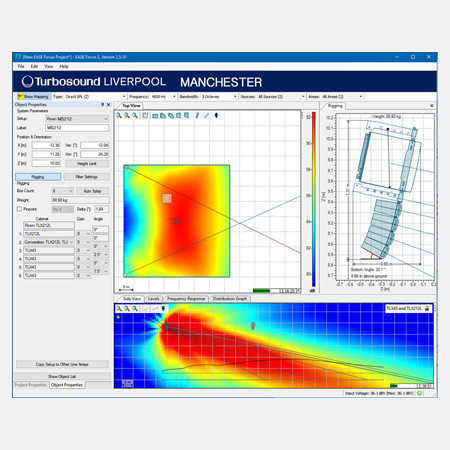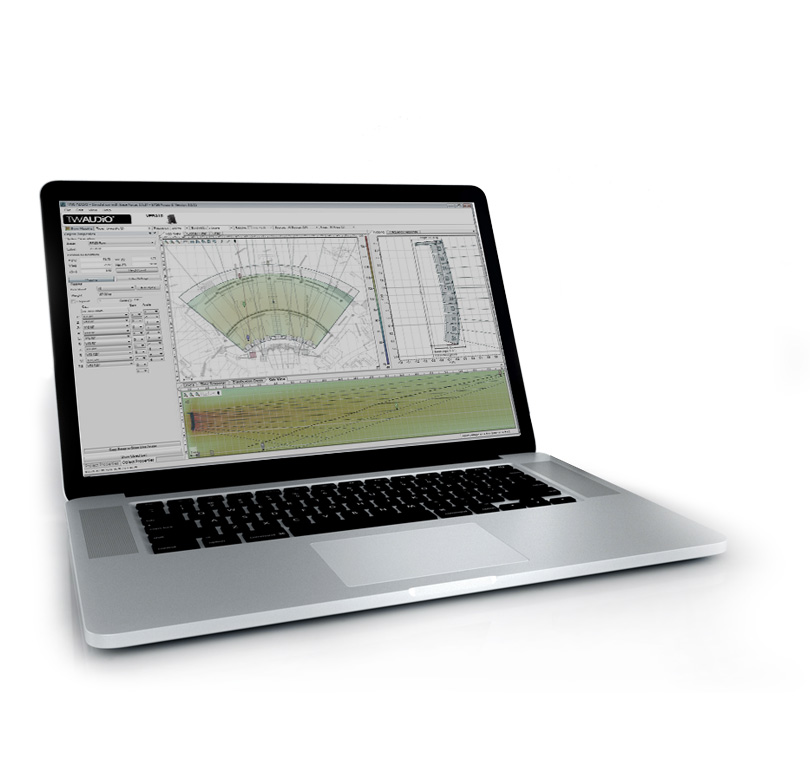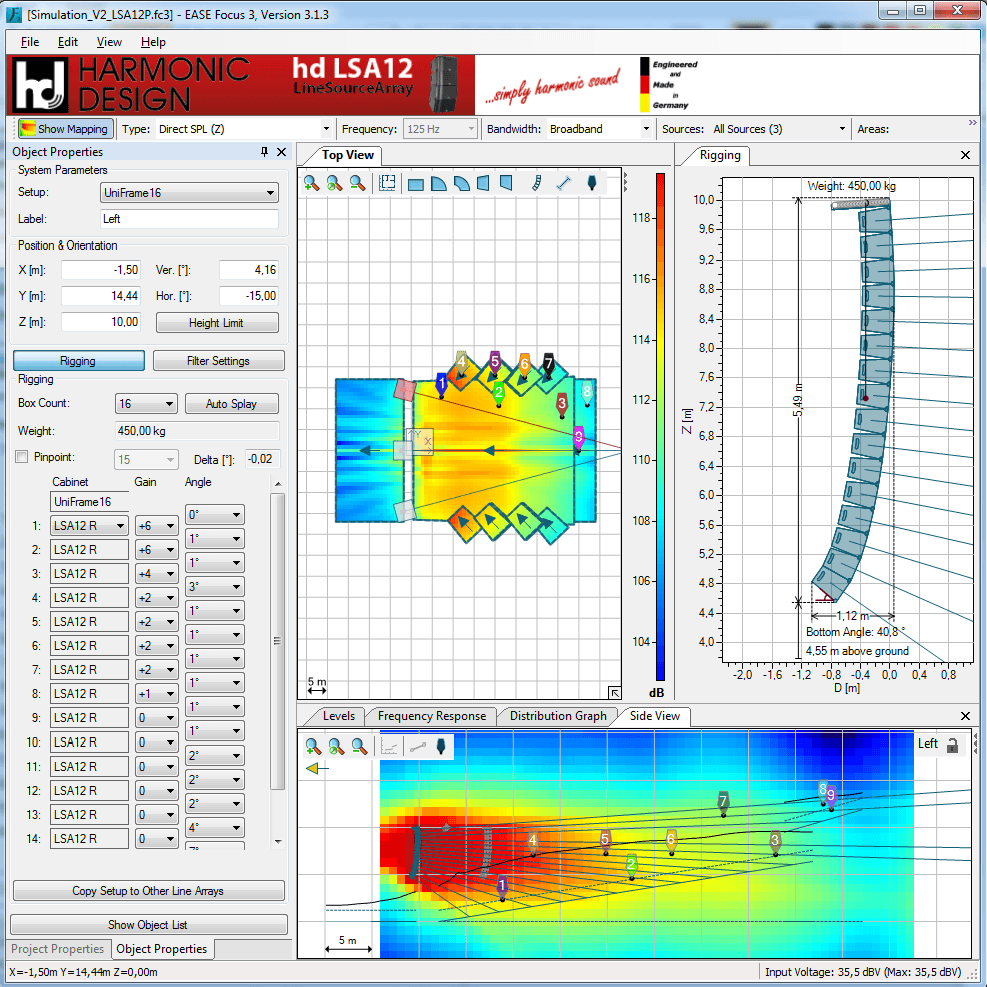

- #EASE ACOUSTIC SIMULATION DRIVER#
- #EASE ACOUSTIC SIMULATION FULL#
- #EASE ACOUSTIC SIMULATION SIMULATOR#
#EASE ACOUSTIC SIMULATION DRIVER#
In the loudspeaker industry, a standard driver design has reached the limit of where improvements can be done by simple trial-and-error testing (Figure 2). Clever digital signal processing is not enough anymore to make systems behave and “sound good.” For example, to improve the performance of hearing aids using adaptive feedback canceling, a coupling of a miniature loudspeaker vibroacoustics model with an acoustic and solid mechanics finite element (FE) model is needed for producing accurate simulation results. In all of these cases, a detailed understanding of both sound propagation and transducer behavior is necessary to optimize the systems. Other examples include the performance and optimization of headphones and loudspeakers or the speaker system of mobile devices. This concerns the reproduction of sound inside, for example, car cabins (Figure 1) or the output from the exhaust and muffler systems. Sound quality is a trending topic in many industries.
#EASE ACOUSTIC SIMULATION FULL#
This places a critical requirement on the modeling software in terms of the ability to couple physics effects relevant to the full system.Ĭurrent Technological Challenges In Acoustics All these are multiphysics problems by nature that acousticians have to consider for the efficient development of new products and technologies. This includes not only the interaction of the sound signal with structures, porous materials, and flow, but also modeling the transducers involved in the generation and detection of the sound signals. To reap the benefits, what capabilities are important in acoustics simulation? Applications often include the reproduction, propagation, and reception of sound signals under diverse conditions. Acoustics simulation also increases the understanding of a design, leading to better informed decisions and higher-quality products. By using computational tools, design tasks can be accelerated and the need for costly and time-consuming physical prototypes can be reduced.

With increasingly complex systems and tighter project deadlines, acoustical engineers are turning to numerical simulation software to get the job done. To accurately model an acoustical system, engineers often must account for multiple physics as well as their couplings at different scales and frequencies.
#EASE ACOUSTIC SIMULATION SIMULATOR#
See more: acoustic modeling software mac, enhanced acoustic simulator for engineers, 3d acoustic modeling, ease acoustic simulation software free download, acoustic simulation software free, afmg ease 5, ease 4.The following is an excerpt from COMSOL News 2017 Acoustics Edition.

Skills: Acoustical Engineering, Sound Design Fully responsible to obtain the sound performance mentioned above any needed modifications, equipment or acoustic treatment etc shall be provided. The sound shall be measured at 1.5 m above floor level (1m above floor level in seating areas) in all normally-accessible areas.Ĭ.

Sound Transmission Index (STI) shall be > 0.65 at least 85% from the mall area, worst point shall not have STI less than 0.55.ģ. The Sound Pressure Level shall be 6 – 15 dB higher than the background noise level in each area, loudspeaker tapping may differ from area to area to fulfill these requirements.Ģ. To ensure the following minimum sound performance shall be achieved:ġ. To provide detailed Acoustic Study especially for the main floors incorporating all of the ceiling, walls & floor finishes as per the architectural drawings & specifications.ī.


 0 kommentar(er)
0 kommentar(er)
